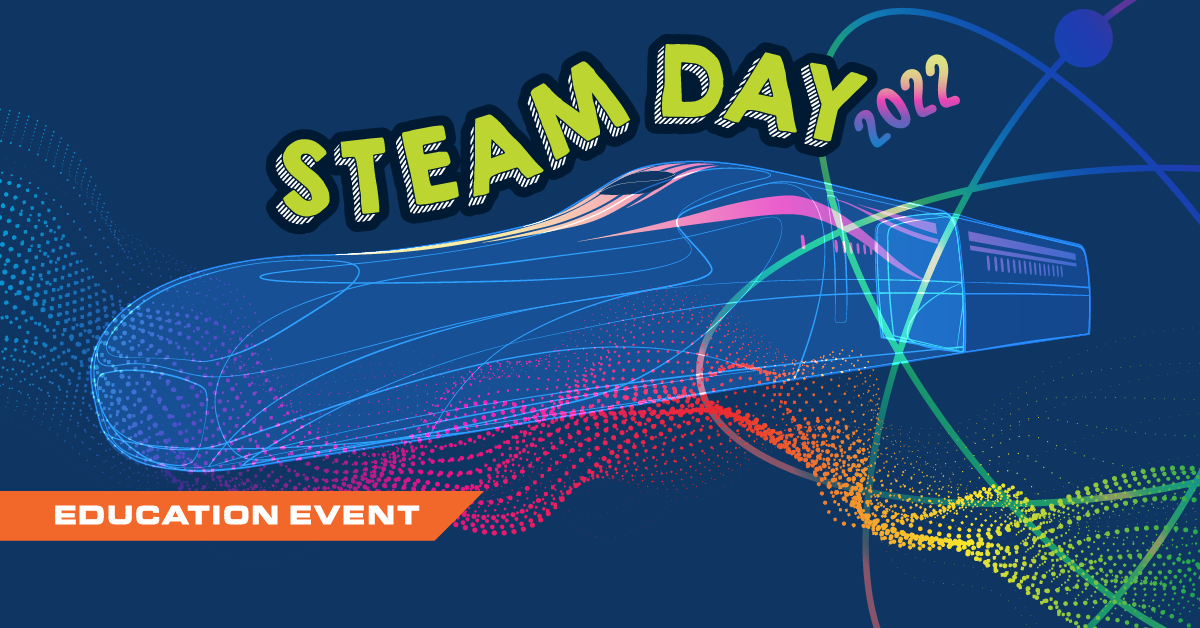Bringing Maglev to the classroom: STEAM enrichment program
As part of our November celebration of National Education Month (and more specifically, November being National Science, Technology, Engineering, Arts, and Math, or STEAM, Day), our team recently launched our first STEAM afterschool program with (Restoring Inner-City Hope). The RICH Program, a nonprofit dedicated to empowering and educating Baltimore residents through community programming, hosted the event with us at their headquarters in the South Baltimore neighborhood of Cherry Hill. It was a huge success, and we are already looking forward to the next one!
Our goal for this STEAM program is to show students that cutting-edge technology, like that of the Superconducting Maglev, isn’t a far-off, future concept; in fact, it’s happening here and now. But we know that science and technology can be intimidating, especially when it comes to complex concepts like physics and superconductivity. Fortunately, with two former educators on our marketing team, we were able to bring complicated technological principles down to an introductory level, through interactive experiments and lessons!
The first activity we explored introduced the concept of magnets and magnetic fields. To help students best understand how exactly magnets could possibly push and pull a train, we had to introduce the concept of . We demonstrated how iron filings reacted to magnets and how switching the polarity of the magnets impacted how the filings behaved.
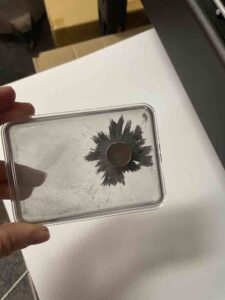
To accompany the hands-on experiments, we developed a booklet for students to explore additional reading material and to continue learning at home with at-home activities. Students then referenced their booklet to see how the magnets on the sides of the SCMAGLEV train interact with the guideway to work in a similar way.
Our second hands-on activity introduced the concept of friction. We used two wooden racing ramps and a miniature maglev on wheels to demonstrate the impact of friction on speed. We placed different materials, like felt or smooth paper, on the ramps and students predicted which materials would result in faster racing times. Then we explored how removing a source of ground friction altogether would impact racing time, seeing as the real-life maglev will levitate!
We also discussed the differences between traditional trains and the SCMAGLEV by completing a Venn Diagram as a group.
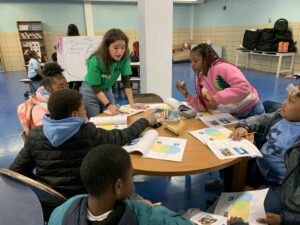
There were a few trick questions here and there, but students were quick to catch them as they called upon what they had recently learned at other stations; for example, the SCMAGLEV still deals with elements of friction even though it levitates, seeing as friction is all around us!
As exciting as these hands-on activities were, arguably the most enthralling part of the afterschool event was watching our marketing director, Craig, demonstrate characteristics of superconductivity using liquid nitrogen. He showed that a traditional electromagnet, which can be made to be considerably stronger than a traditional magnet, is limited by electrical resistance. Yes, it could pick up more metal fragments than a traditional magnet, but it quickly became very warm (as shown to students via a thermometer). Craig explained that the heat produced is a sign of decreased efficiency, meaning that much of the energy is being lost as heat instead of creating a magnetic force. Then, using liquid nitrogen, Craig introduced the concept of superconductivity, a phenomenon of certain materials that can occur at very low temperatures. When in a superconducting state, electrical resistance approaches zero, meaning that all the energy added is used to create strong magnetic forces, and none is lost as heat. Students watched in awe as Craig then placed a metal puck (that had been brought to a superconducting state in the liquid nitrogen) above a magnetic track. Not only did the puck float, but it traveled in circles around the track all on its own!
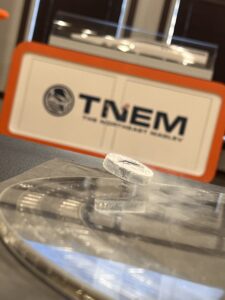
With everything that students had learned fresh in their minds, they had one final task ahead of them: constructing their own miniature maglev to race down a magnetic track. This final activity helped tie in everything we had learned about magnetic fields, poles, and levitation – and was, of course, an exciting and close competition!
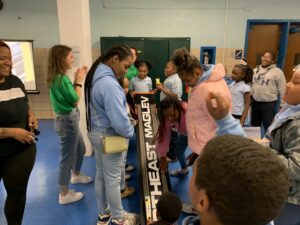
We are so grateful that we were able to put on this STEAM event with RICH, especially because some of these topics can be hard to understand in a classroom setting without hands-on demonstrations! Moreover, part of what made our first event so exciting was that it truly felt aligned with RICH’s mission – empowering the residents of Baltimore. We believe empowerment through education can happen at many different levels and ages, and it is never too early to start learning about the technology and science that will be changing the future of transportation. We look forward to hosting more of these lessons in various educational settings, as these activities and experiments can be scaled to many different ages and grades. Many thanks to RICH for helping us host this great event – we can’t wait to be back!
